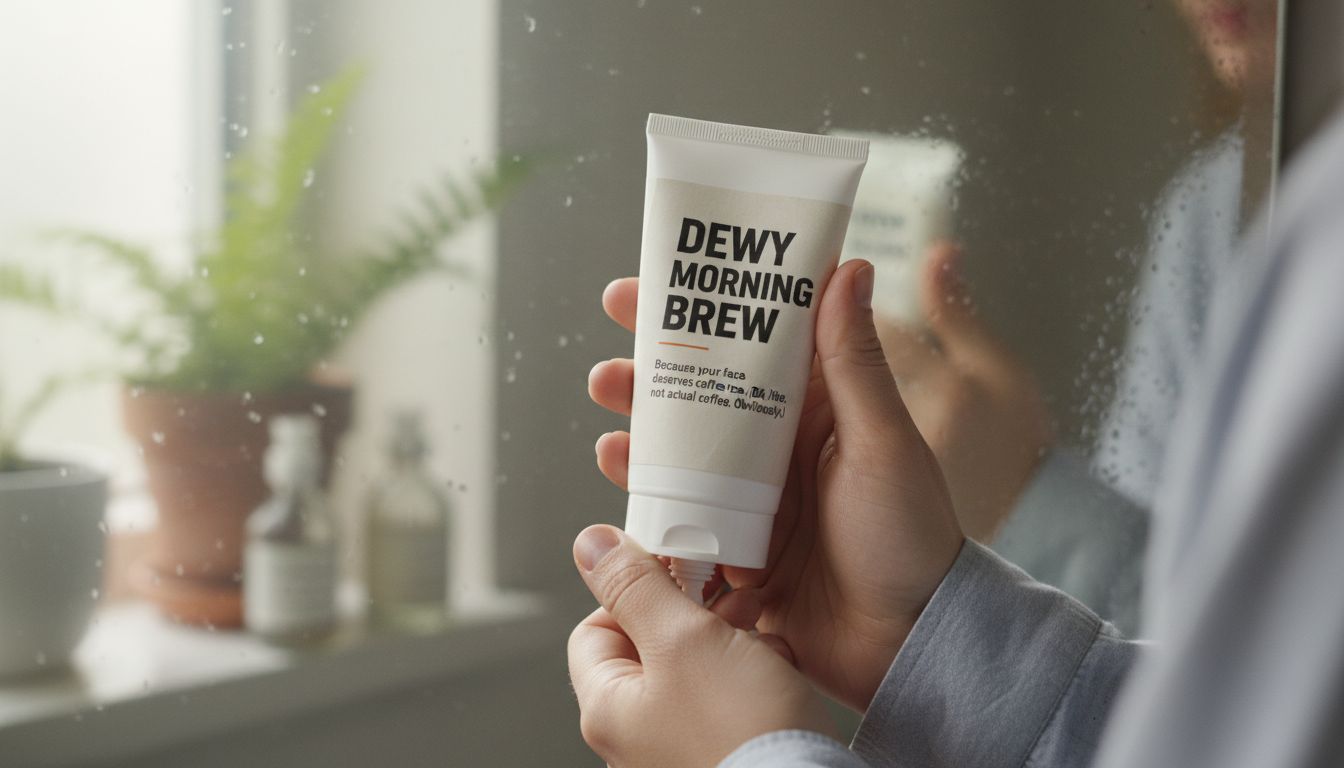When Packaging Sounds Like Pop Music

I recently spent thirty-five minutes staring at a tube of moisturiser. Not to buy it, not to apply it. Just reading it. Every side. Twice.
This wasn’t even some fancy European potion. It was a New Zealand-made product that sat between a luxury serum and a pharmacy staple. But the words? Rocket fuel. Whoever wrote this packaging wasn’t just pushing benefits, they were composing music. Each line had rhythm. Short. Long. Whispered. It had jokes that didn’t feel like marketing jokes, which is rare. Somehow the text made me trust the product more, and yes, I admit, I bought it.
There’s a quiet revolution happening in the copywriting corners of packaging. No longer content with dry claims and dull usage instructions, more brands are giving their tube or jar a voice. A real one. Not a hollow chatty tone, but a voice you might want to have a beer with. It's the psychological equivalent of packaging flirting with you in the aisle.
It makes sense. We stare at these products daily, sometimes multiple times. Why not use this space to build connection? Done right, packaging becomes its own media channel. These aren’t ads. They aren’t billboards. They’re whispers between brand and user. So next time you're tempted to skip over the side of a box or the bottom of a bottle, pause. There’s a quiet symphony going on in aisle five.
This wasn’t even some fancy European potion. It was a New Zealand-made product that sat between a luxury serum and a pharmacy staple. But the words? Rocket fuel. Whoever wrote this packaging wasn’t just pushing benefits, they were composing music. Each line had rhythm. Short. Long. Whispered. It had jokes that didn’t feel like marketing jokes, which is rare. Somehow the text made me trust the product more, and yes, I admit, I bought it.
There’s a quiet revolution happening in the copywriting corners of packaging. No longer content with dry claims and dull usage instructions, more brands are giving their tube or jar a voice. A real one. Not a hollow chatty tone, but a voice you might want to have a beer with. It's the psychological equivalent of packaging flirting with you in the aisle.
It makes sense. We stare at these products daily, sometimes multiple times. Why not use this space to build connection? Done right, packaging becomes its own media channel. These aren’t ads. They aren’t billboards. They’re whispers between brand and user. So next time you're tempted to skip over the side of a box or the bottom of a bottle, pause. There’s a quiet symphony going on in aisle five.